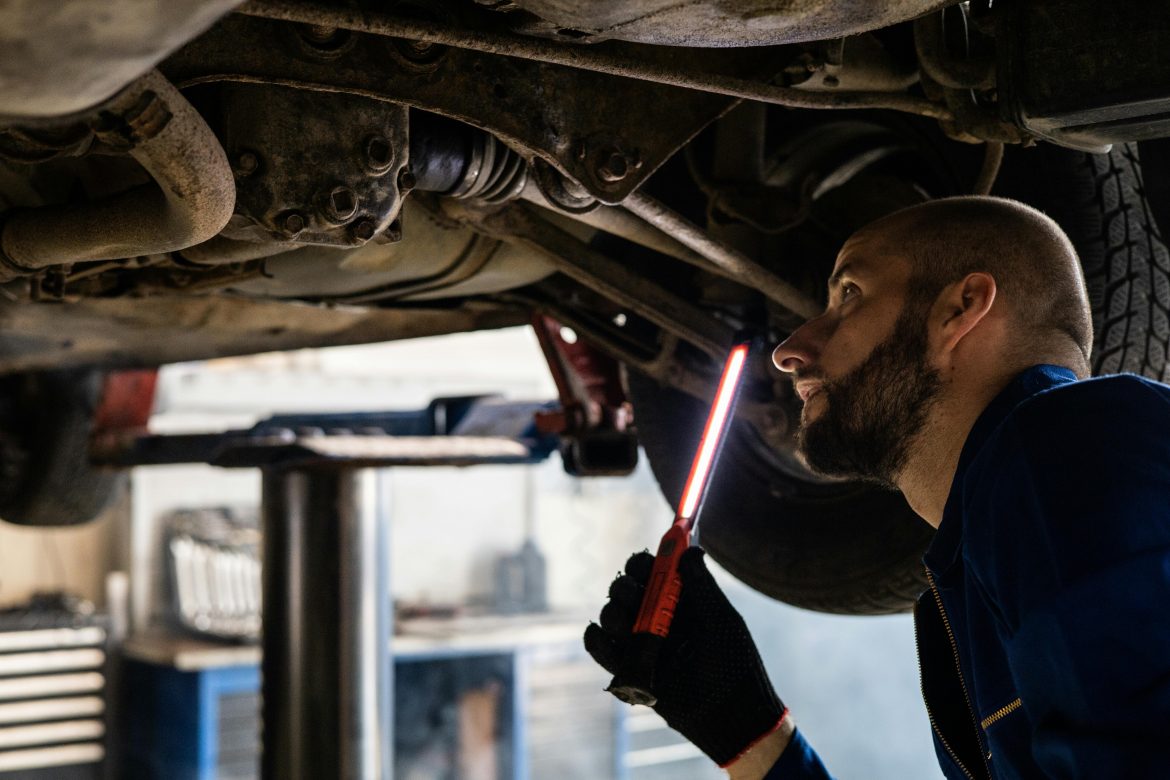In the ever-evolving landscape of automotive technology, a quiet revolution is taking place – one that promises to redefine the way we interact with and experience our vehicles. At the heart of this transformation lies the concept of the software-defined vehicle (SDV), a paradigm shift that is driving innovation across various automotive domains, including the once-humble chassis.
Traditionally, the chassis – comprising components like the steering, suspension, and brakes – has been a realm dominated by mechanical systems. However, with the advent of SDVs, these components are undergoing a profound metamorphosis, embracing the power of software and electrical systems to unlock new possibilities in terms of safety, comfort, and autonomous capabilities.
One technology that epitomises this shift is steer-by-wire (SbW), a groundbreaking innovation that eliminates the mechanical connection between the steering wheel and the road wheels. Instead, the driver’s inputs are transmitted electronically, opening up a world of potential benefits for both manufacturers and drivers alike.
“Steer-by-wire is seen as a groundbreaking component for tomorrow’s mobility,” says Peter Holdmann, a representative from ZF, a leading supplier of automotive systems. “It is ready to transform the industry in multiple ways, seizing the opportunities of the future.”
At the core of SbW’s appeal lies its scalability and modularity. By decoupling the steering system from its mechanical constraints, manufacturers can precisely define and customise the steering characteristics through software, ensuring a tailored driving experience for different vehicle segments and customer preferences. This flexibility extends to the physical realm as well, simplifying the production of right-hand drive variants and reducing potential hazards in the event of an accident.
But the true potential of SbW goes beyond mere convenience and customisation. As vehicles become increasingly electrified, automated, and software-controlled, technologies like SbW play a crucial role in enabling advanced safety and autonomy features.
“Vehicles have undergone significant changes, becoming increasingly electrified, automated and software-controlled,” explains Holdmann. “This shift has led to the emergence of the software-defined vehicle trend, which is being embraced by the entire industry, including ZF. This trend opens up new possibilities for chassis features and vehicle motion control functions.”
One such possibility is the integration of semi-autonomous accident avoidance systems. By leveraging SbW’s ability to precisely control the steering inputs, these systems can predict and respond to potentially dangerous driving situations, applying the optimal steering inputs to mitigate the risk of loss of control or collision.
Moreover, SbW paves the way for fully autonomous driving modes, enabling features like retractable steering wheels and adaptive steering ratios tailored to different driving scenarios. This level of adaptability not only enhances comfort and convenience but also underscores the technology’s potential to revolutionise the driving experience as we know it.
While the adoption of SbW and other SDV-enabled chassis technologies is expected to initially gain traction in premium vehicle segments, industry experts anticipate a broader market penetration in the coming years. ZF, for instance, envisions holding a substantial market share in the x-by-wire chassis systems field by 2030, driven by continued technological advancements, regulatory developments, and the establishment of a supportive vehicle infrastructure.
At the heart of this transformation lies ZF’s cubiX software technology, a platform that enables the seamless integration and coordination of various vehicle dynamics components, including braking, steering, and suspension. By consolidating control functions into a centralised unit, cubiX exemplifies the industry’s shift towards zoned architectures and software-defined vehicles, paving the way for increased efficiency, flexibility, and scalability.
As the automotive industry continues its relentless pursuit of innovation, the software-defined vehicle trend is poised to reshape not just the chassis but the entire driving experience. With technologies like steer-by-wire at the forefront, the future promises a harmonious blend of safety, comfort, and autonomy, where the lines between human control and intelligent assistance become increasingly blurred – a future where the steering wheel, once a symbol of driver mastery, may give way to a new era of seamless, software-orchestrated mobility.



